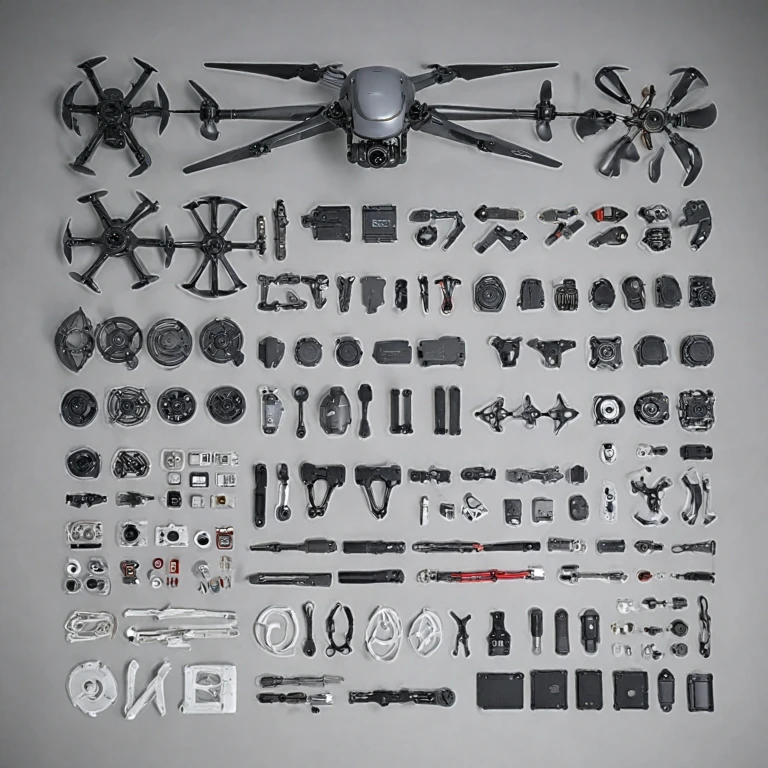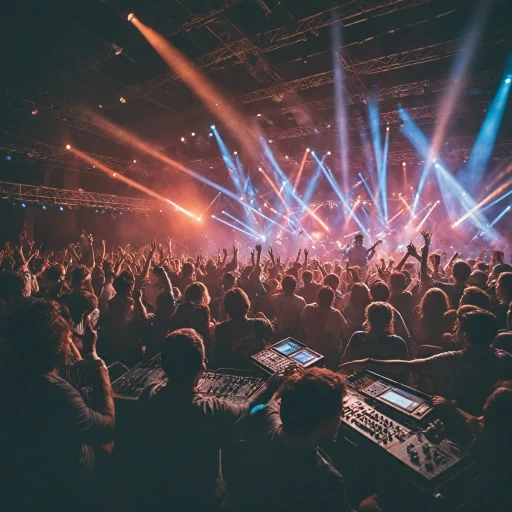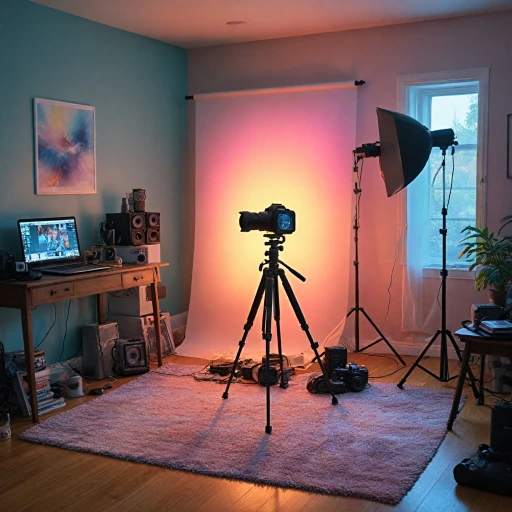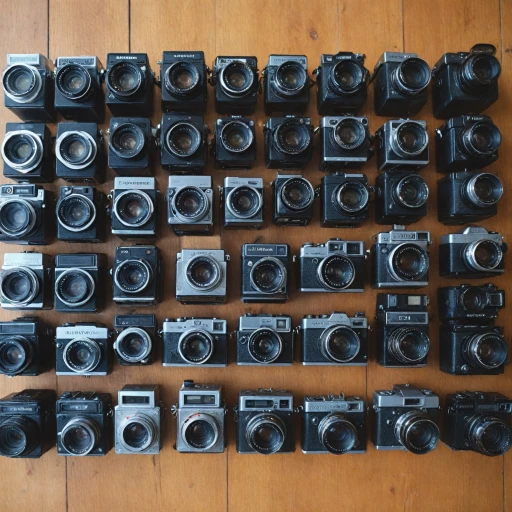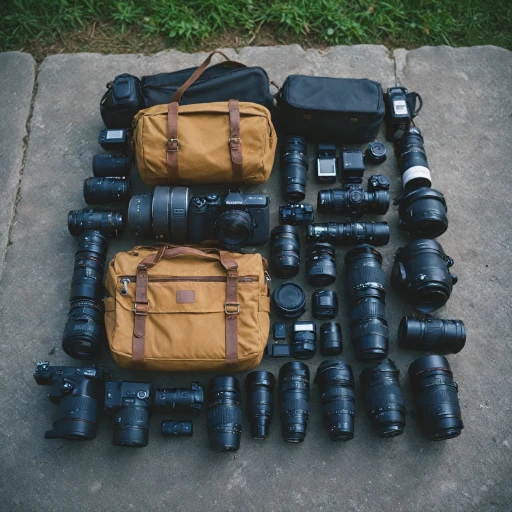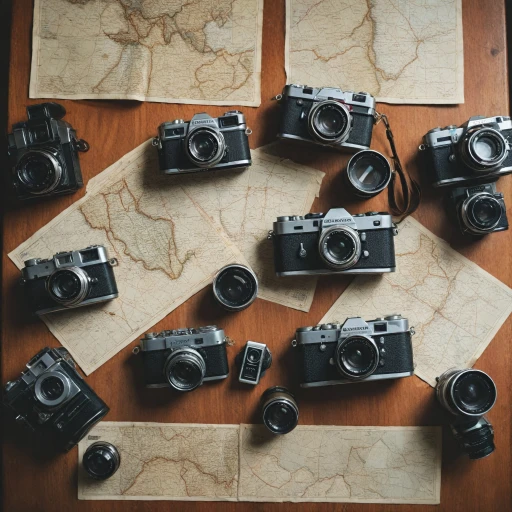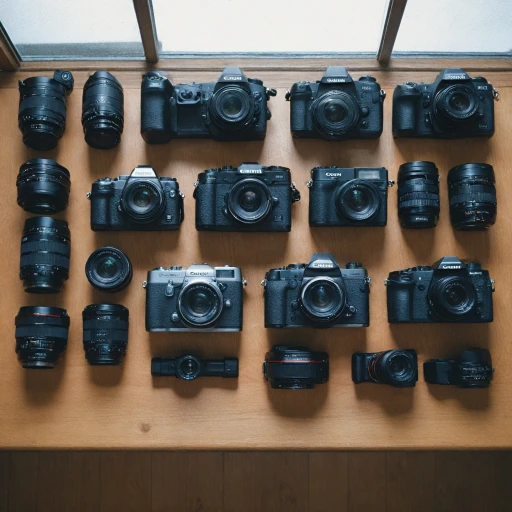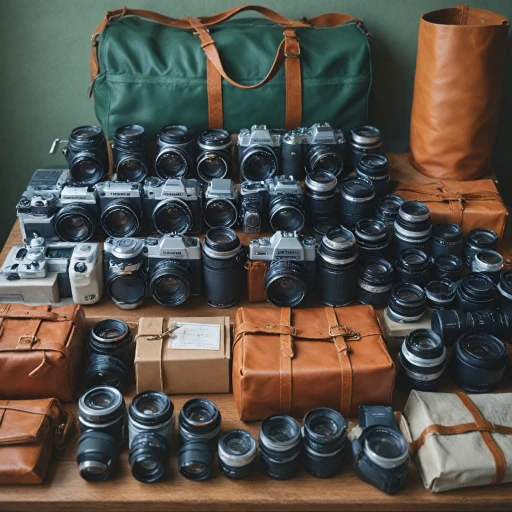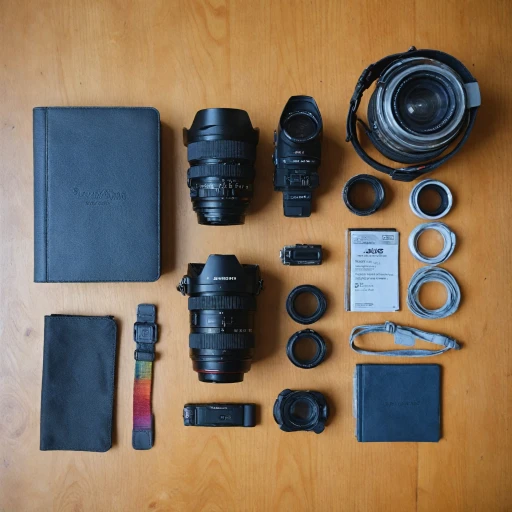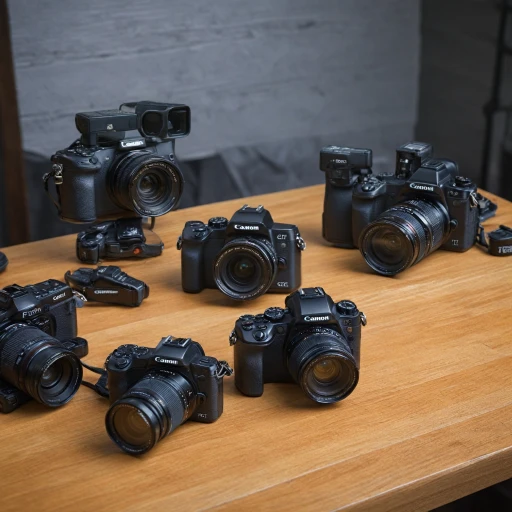
Understanding Digital Camera Components
Getting a Grip on Camera Components
Understanding the bits and pieces that make up a digital camera can make or break your shooting experience. Whether you're a seasoned pro or just getting started, knowing the essentials can help in maintaining or troubleshooting your device and can also serve as a guide when considering replacement parts. Let's explore the core components that build toward capturing the perfect frame.- Body: The main part where everything connects. This is the fulcrum of your device, housing the image sensor, controls, and everything else essential for the operation.
- Lens: This is crucial for focusing light onto the sensor. Interchangeable lenses, like those found in DSLRs, provide flexibility for different shooting situations.
- Image Sensor: Essentially, the eye of the camera, capturing light and converting it into electronic signals. Sensor size and type (like APS-C or Full Frame) typically influence image quality and camera proficiency.
- Viewfinder: While many recent models rely on digital screens, the traditional optical viewfinder is still pivotal for precise framing and shooting in bright light conditions.
- LCD Screen: Useful for quick framing and reviewing shots, offering a live view of what your sensor sees.
- Battery and Memory Card Slot: Power and storage for your shooting adventures. Important to understand for maintaining operation and knowing when replacements might be necessary.
Common Issues in Digital Cameras
Identifying Common Camera Challenges
Digital cameras, while fantastic devices for capturing life's moments, can encounter several challenges that users need to be mindful of. Understanding these common issues can help you make informed decisions about potential repairs or replacements needed to maintain your camera's functionality.- Wear and Tear on Moving Parts: Over time, the mechanical components, such as the zoom lens or shutter, can suffer from wear, impacting your camera's performance.
- Battery Limitations: A failing battery can cause your camera to power down unexpectedly. Depending on the model, replacement batteries may vary in price and availability, similar to the way spare parts are essential for devices like drones or the dji mavic series.
- Sensor Dust and Debris: Small particles can accumulate on the camera sensor, causing spots or marks on images. This issue may necessitate a professional cleaning or sensor replacement.
- Lagging Software and Firmware Updates: Regularly updating software and firmware is crucial to fix bugs and improve performance. If neglected, your camera might not function optimally.
The Importance of Regular Maintenance
Routine Care and Why It Matters
Regular maintenance of your digital camera is crucial for ensuring optimal performance and extending its lifespan. Just like with more complex devices such as drones, the key to sustaining your camera’s functionality lies in diligent upkeep. Whether you own a high-end DSLR or a compact digital model, regular check-ups can prevent the need for costly repairs or replacement parts.
Addressing Wear and Tear
Everyday use can lead to issues like dust accumulation, malfunctioning parts, and general wear and tear. Much like drones, which often require arm replacements or gimbal adjustments, your digital camera’s core components like the sensor, lens, and shutter need continuous monitoring to maintain their efficiency. For instance, regularly checking for dust on the sensor can help avoid costly sensor cleaning or repairs. Moreover, keeping tabs on the shutter count can serve as an indicator for when certain components might require extra attention.
Recognizing the Signs
Be attentive to signs that indicate maintenance is needed. Blurred images, unusual noises, or failure to turn on can signify underlying issues. The meticulous care you would give to a drone’s landing gear or battery system is equally important for the finer details of your camera. Regular maintenance not only enhances the equipment’s durability but also ensures that any investment, especially in original parts and accessories, is well-protected.
When to Consider Replacement Parts
Evaluating the Decision to Buy New Components
Digital cameras, like any tech device, may eventually require replacement parts to continue performing at their best. Recognizing the right time to invest in these components is crucial to maintaining your camera's functionality and longevity.
Firstly, assess how frequently you're encountering issues or whether the current faults are severely impacting your photography. A gimbal camera misalignment or faulty landing gear might not just hinder performance; they could also risk further damage to integrated systems if neglected.
Moreover, consider the cost-effectiveness of purchasing new parts. Compare the price of replacements, such as a CLS arm or parts DJI offers, against the cost of a brand-new camera. Sometimes it's more economical to opt for spare parts, especially if your gear, such as a DJI Mavic or DJI FPV drone, is relatively new.
Compatibility and Availability
Ensure that any parts you're considering, such as replacement arms or drone parts, are compatible with your specific camera model. Incompatibility can lead to problems, so verify details like the original price to understand value, and review the current price and suitability of these components. Typically, spare parts and accessories from the original manufacturer, like DJI, may better serve your needs, providing both quality assurance and peace of mind.
Always take into account the reviews and details original from reliable sources before purchasing. Forums and trusted retail sites often have invaluable insights from professionals who have tested similar replacements. Moreover, the availability of components like the DJI Mini or FPV drone parts might sway your decision if ease of procurement is a priority.
Opt for Expert Advice
When in doubt, seeking expert help can ensure you make the right choice. Whether it's identifying the fault or providing a recommendation for a specific spare, professional input can save you time and future headaches. Consider incorporating insights from tech aficionados conducting reviews or professional maintainers familiar with original parts and accessories.
Ultimately, the decision to replace parts should stem from a balanced judgement of need, cost, and potential benefit, ensuring that your trusted camera remains an essential tool in your photographic endeavors.
Choosing the Right Replacement Parts
Making the Best Choices for Camera Spare Parts
When it comes to picking replacement parts for your digital camera, several aspects play crucial roles. Staying equipped with the right replacements ensures your camera continues to operate optimally and can enhance its lifespan. Whether it's due to wear and tear or to boost performance, understanding your needs and available options is vital.
- Assess Compatibility: Ensure that the replacement parts are compatible with your specific camera model. It might seem obvious, but compatibility issues are common and can lead to further problems if overlooked. Brands like DJI are reputable for their high-quality components, including gimbal cameras, landing gear, and more, which can sometimes be integrated into camera setups.
- Quality Over Price: While it might be tempting to opt for cheaper options, investing in original or high-quality parts is usually more economical in the long run. Lower quality parts may not only underperform but could also damage your camera. Review sources such as trusted online stores or directly from renowned brands offering original parts.
- Check Reviews: Before finalizing your purchase, take the time to read user feedback and expert reviews on specific parts. Websites that specialize in photography equipment or entities like DJI often provide reviews for products ranging from drones to digital camera parts.
- Consider Current Technology: Evaluate whether there are technological enhancements since your last purchase. If integrating drone-related features, such as FPV or mavic accessories, take advantage of these advancements to stay current and potentially elevate your photography game.
- Future-Proof Your Gear: Look beyond current needs and anticipate future requirements. With technological advancements, you might want your camera to support new functionalities, such as integrating parts from dji fpv drones or including accessories for specific setups like the DJI mini series.
The current market offers a plethora of options when it comes to replacement parts, ensuring that your digital camera remains a powerful tool in capturing the world around you. From spare parts to specialized accessories, informed decisions will not just extend the life of your equipment but could potentially take your photography to pro-level heights.
